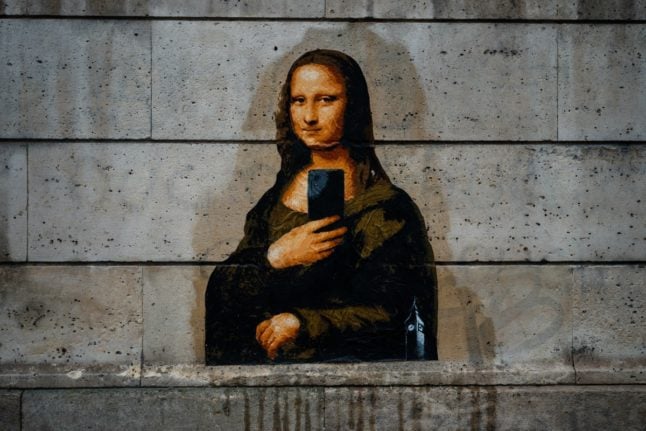The Légion d’honneur is an the highest award given by the French state.
To receive the award, French citizens must have excelled in their field for at least 20 years to the benefit of the nation; have a clean criminal record and have shown ‘good morality’; and be nominated by minister, prefect, charity, elected official, or a group of 50 people. Military personnel have slightly different criteria for receiving the award.
Foreigners can also receive the decoration but unlike French citizens do not become members of the l’ordre de la Légion d’honneur [the order of the Légion d’honneur].
Military figures who receive the Légion d’honneur receive a small payment every year of up to €36.59.
How to get stripped of the Légion d’honneur
People who receive a criminal conviction or who have ‘committed dishonourable acts or acts that go against the interests of France’ can be stripped of the Légion d’honneur.
In the case of a criminal conviction, the removal of the honour is automatic. In the latter case, the process can take months or even years while a disciplinary procedure is launched.
On Friday, the French Culture Minister announced that such a disciplinary procedure would be launched against actor Gérard Depardieu, who faces allegations of sexual assault.
A notorious list
If Gérard Depardieu is stripped of the Légion d’honneur, he would join the company of dictators, war criminals, cheats, racists and other problematic figures. Here is a selection of some of the highest profile figures to have the honour removed:
- Philippe Pétain
Philippe Pétain was awarded the Légion d’honneur in 1917 for his role as a commander during Battle of Verdun in WWI. Initially hailed as a war hero, he went on to collaborate with the Nazis become the head of Vichy France during WWII. He was condemned to death for treason in 1945 and stripped of the Légion d’honneur the very same day. His sentence was eventually commuted to life imprisonment.
- Maurice Papon
Maurice Papon was a French politician and civil servant, found guilty in 1998 of crimes against humanity for his role in helping organise the deportation of Jews during WWII. Although he was later acquitted of a number of charges on the grounds that he was not aware that the Jews would ultimately be murdered, he was automatically stripped of his Légion d’honneur title following his initial condemnation. When he died in 2007 however, he was buried with his Légion d’honneur medal.
- Bashar al-Assad
In 2007, France announced it was initiating a procedure to remove the Légion d’honneur from Bashar al-Assad. The Syrian dictator is responsible for numerous atrocities committed during the Syrian Civil War, including the use of chemical weapons against civilian populations. Up to 610,000 people are estimated to have died in the conflict since 2011. Al-Assad was initially awarded with the Légion d’honneur by President Jacques Chirac in 2001 and before the title could be stripped from him, he voluntarily renounced it.
- John Galliano
British fashion designer and former artistic director of Dior, John Galliano, was stripped of his Légion d’honneur in 2012, after he was fined €6,000 for vile anti-Semitic slurs.
- Lance Armstrong
Lance Armstrong was an inspiration to winning the Tour de France seven consecutive times from 1999-2005, having gone into remission from testicular cancer. But just one year after he finally admitted to using performance enhancing drugs in, he was stripped of the Légion d’honneur in 2014.
Controversial recipients who still bear the title
- Vladimir Putin
Vladimir Putin, who launched Russia’s bloody invasion of Ukraine in 2022 and has a track record of brutally suppressing opposition at home, still holds his Légion d’honneur title. In February, Emmanuel Macron said he wasn’t against stripping him of of the honour, but has yet to do so.
- Abdel Fattah el-Sisi
- Benito Mussolini
The fascist leader of Italy from 1922-1943 was initially awarded a Légion d’honneur following nomination by a French trade minister. He was never stripped of the honour. Other 20th Century autocrats were also able to hold on to the title. Spanish dictator Francisco Franco and Romanian dictator Nicolae Caeusescu were also never stripped of their Légions d’honneur, with courts ruling that it was impossible to remove the title from a dead person.




 Please whitelist us to continue reading.
Please whitelist us to continue reading.
Member comments